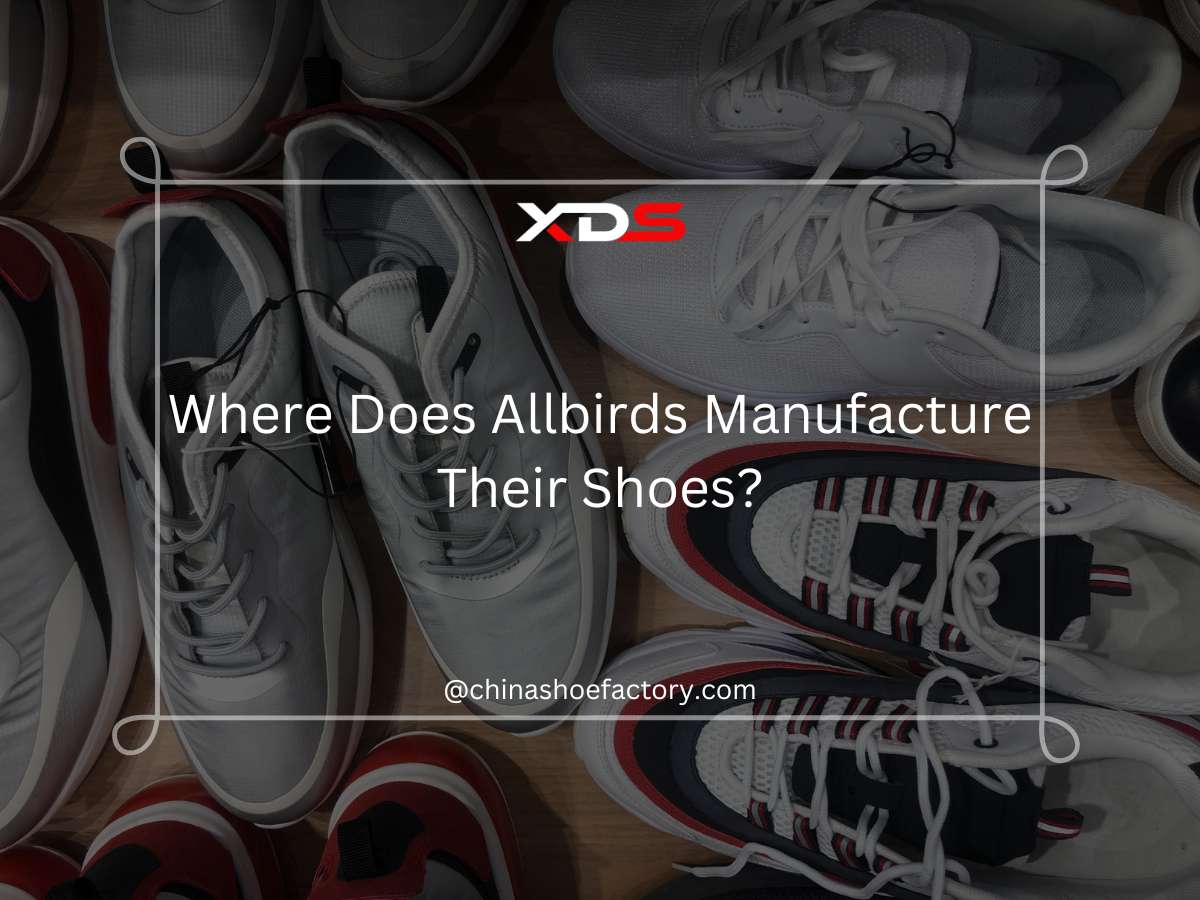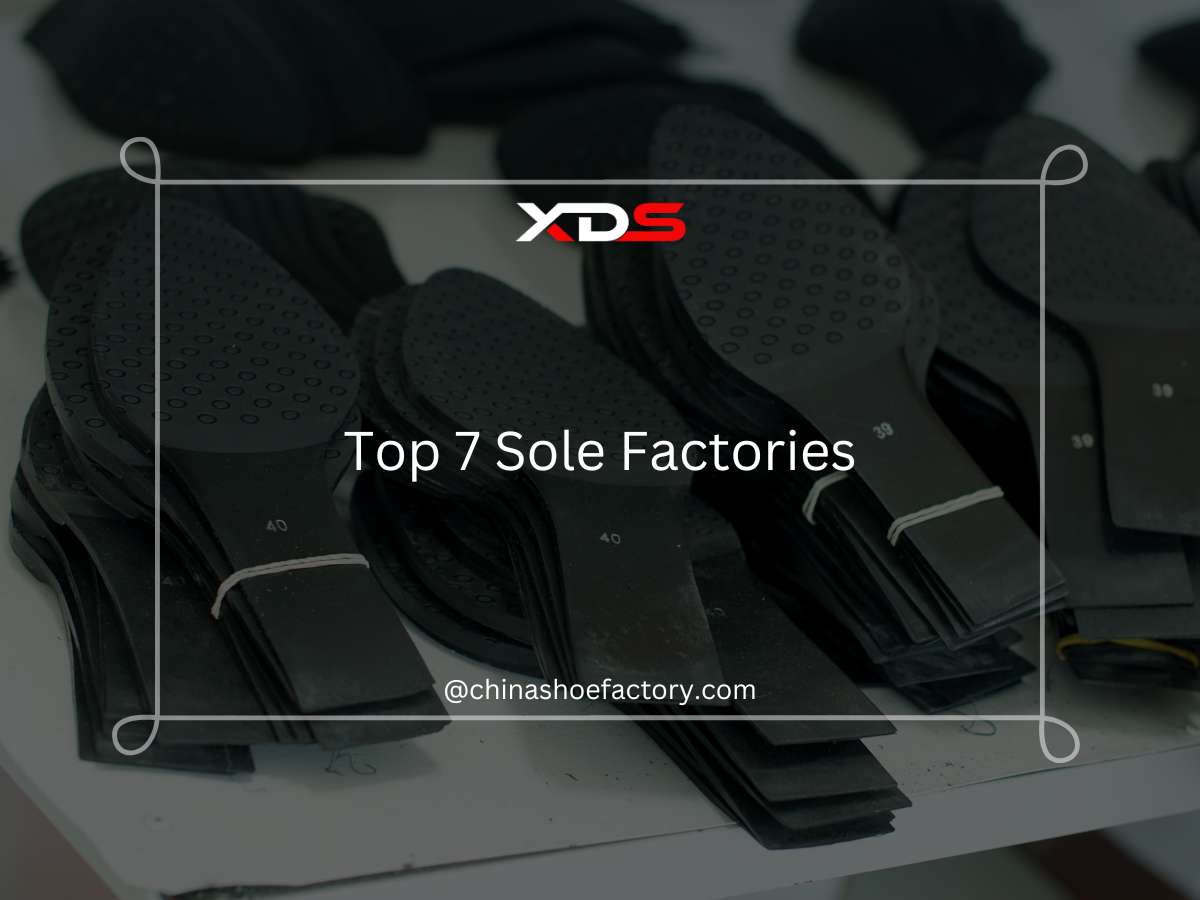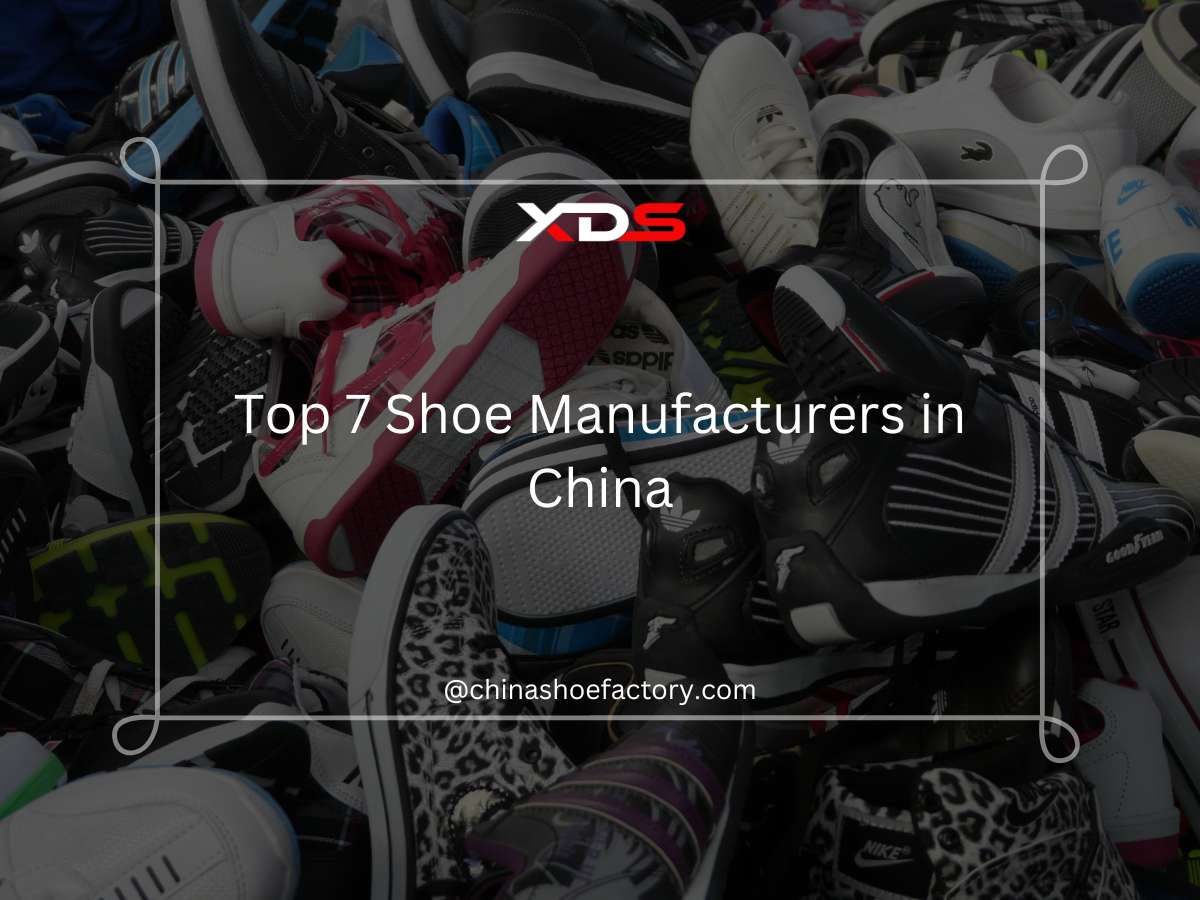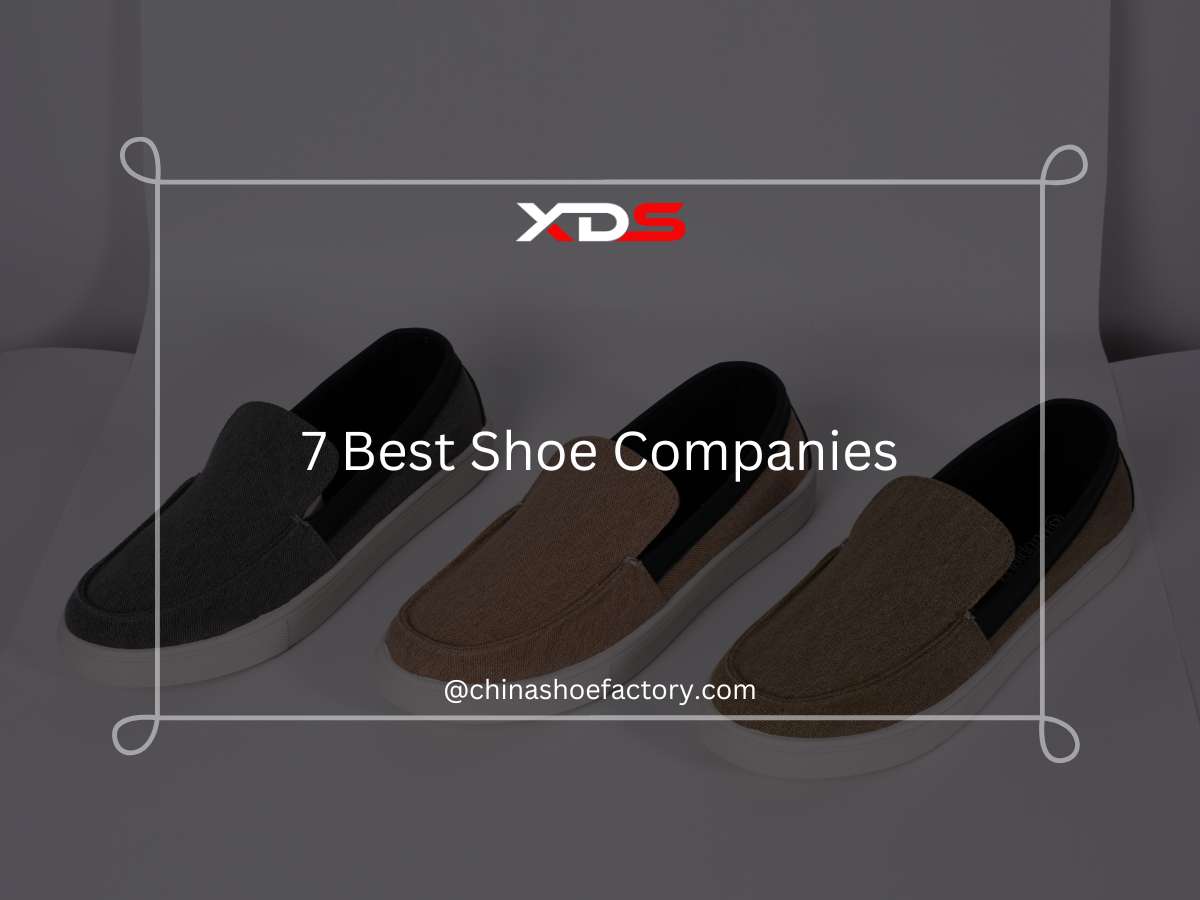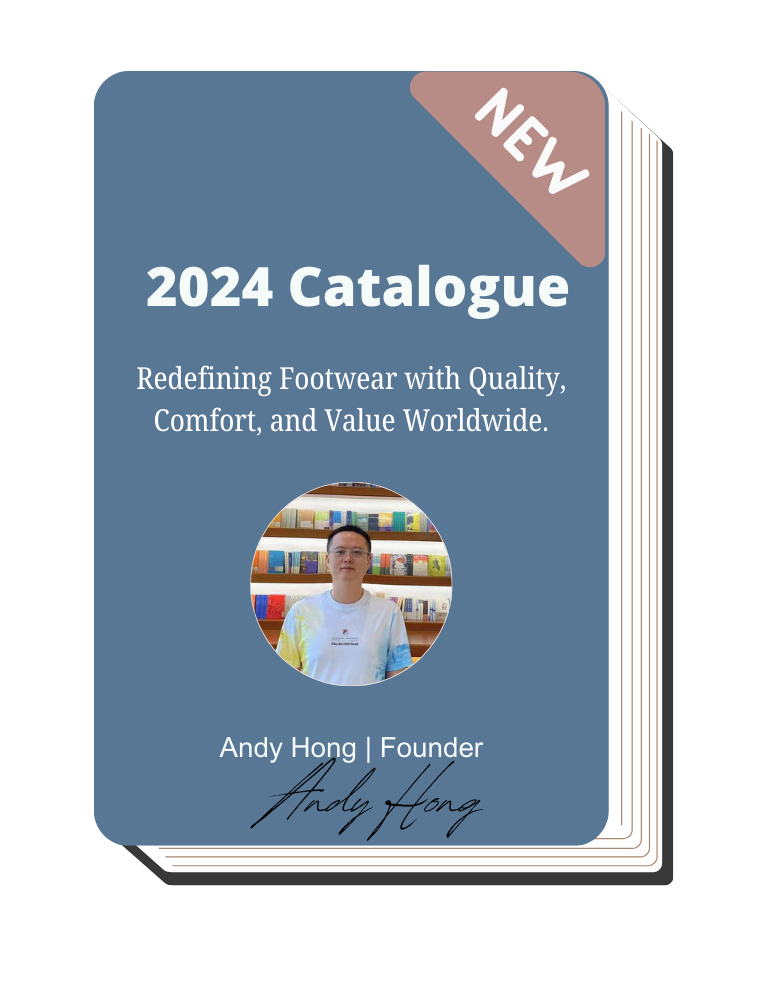Pro Tips to Make Your Shoes Last Longer

Author: Andy Hong | Founder at XDS
Hi, I'm Andy Hong, here to share my expertise in footwear manufacturing with you.
Pro Tips to Make Your Shoes Last Longer
Table of Contents
A few years ago, a shoe manufacturer I worked with faced an unexpected challenge—rising return rates and customer complaints about durability. Their materials were top-tier, and their production methods were solid. So why were shoes breaking down too soon?
After digging deeper, the issue became clear. It wasn’t just about the materials or construction—it was about long-term durability practices. Protective coatings, storage conditions, and customer education played a huge role in how well shoes held up after purchase.
As a shoe supplier, your job doesn’t stop at production. Extending the lifespan of your shoes means using better materials, applying the right coatings, and educating customers on maintenance.
And when shoes last longer, your brand reputation strengthens, customer loyalty increases, and returns decrease.
In this article, we’ll cover details every shoe supplier should take to enhance durability—from selecting high-quality materials to implementing protective measures and after-sales services.
By the end, you’ll have a clear roadmap to producing shoes that stand the test of time.
Let’s dive in.
1. Choose High-Quality Materials
Are your products wearing out faster than expected?
Material selection plays a crucial role in durability, comfort, and overall product value. Cheap materials lead to high return rates, poor customer satisfaction, and damage to your brand reputation.
Best Materials for Durable Shoes:
- Leather: Full-grain lasts the longest, while bonded leather deteriorates quickly.
- Synthetics: TPU resists wear better than PU; knit uppers need reinforced weaving.
- Outsoles: Rubber offers durability and grip; EVA is lighter but wears out faster.
- Midsoles: PU foam lasts longer than EVA but adds weight.
A retailer I know swapped full-grain bonded leather to save money. Within months, returns flooded in—peeling, cracking, unhappy customers. They learned the hard way: cheap materials cost more in the long run.
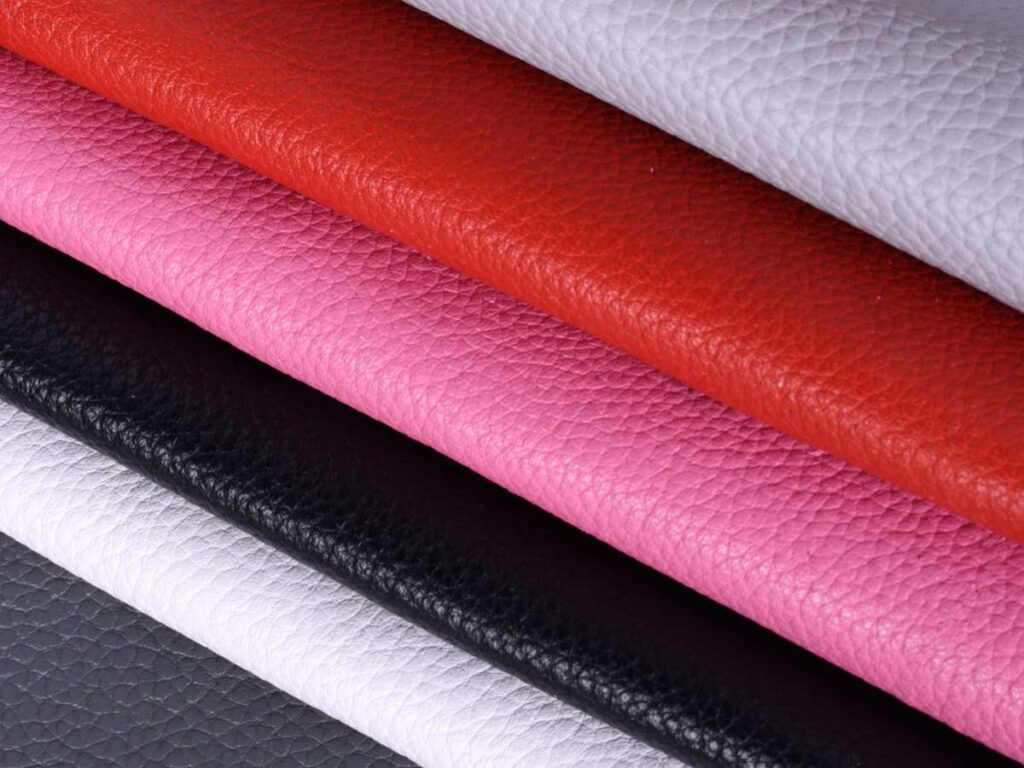
2. Implement Strong Construction Techniques
Weak stitching, poor adhesives, and flimsy soles lead to frustrated buyers and costly returns. The way a shoe is built matters just as much as the materials used.
Best Construction Methods for Durability:
- Goodyear Welt: Stitching secures the sole to the upper. Long-lasting and repairable.
- Cemented Construction: Adhesive-based bonding. Common in sneakers but needs high-quality glue.
- Injection Molding: Directly fuses the sole to the upper. Waterproof and durable.
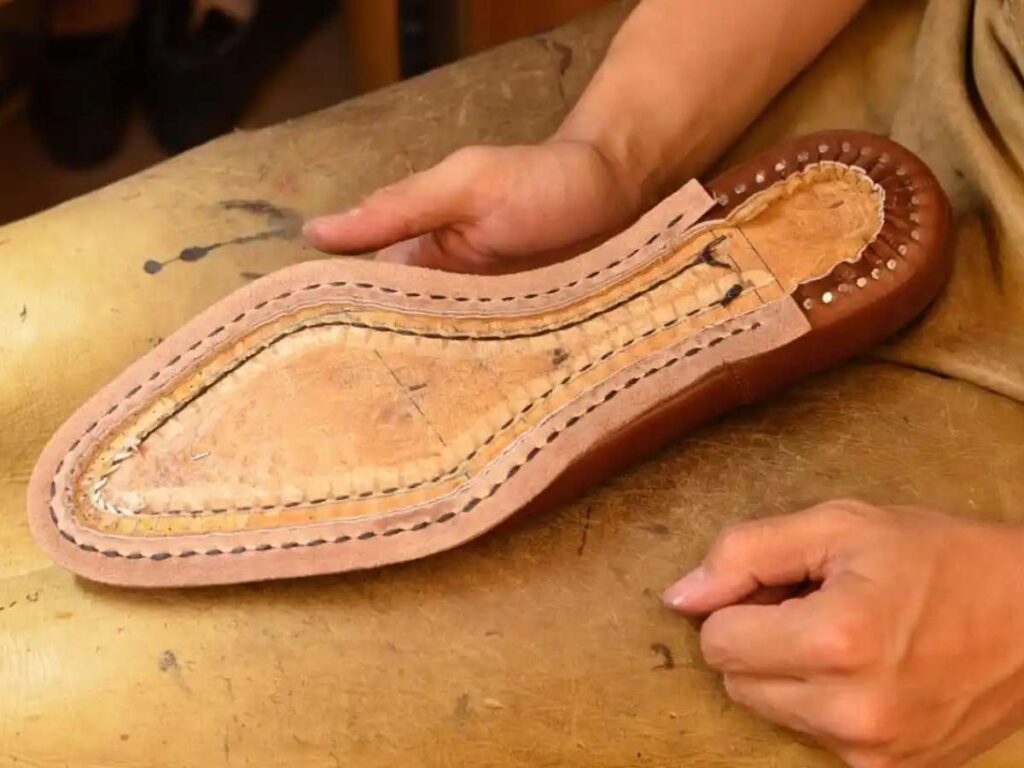
3. Apply Protective Coatings
How often do customers return shoes due to water damage, fading, or scuffs? These issues aren’t just wear-and-tear problems—they often come from a lack of protective treatments.
Adding protective coatings during manufacturing can extend product life, reduce returns, and increase customer satisfaction.
Types of Protective Coatings To Use:
- Waterproofing Treatments: Repels moisture, ideal for leather and outdoor footwear.
- UV Protection: Prevents fading and cracking from sun exposure.
- Anti-Scuff Coatings: Reduces visible wear on high-impact areas.
- Oil & Stain Repellents: Keeps shoes looking new, especially light-colored styles.
Market coatings as a selling point. Extra durability adds perceived value.
4. Avoid Direct Sunlight
Sun exposure is one of the fastest ways to damage shoes before they even reach customers. Heat and UV rays cause fading, cracking, and adhesive failure, leading to premature wear and increased returns.
Best Practices to Prevent Sun Damage:
- Apply UV-Resistant Coatings: Protects against color fading and material degradation.
- Store Shoes in Climate-Controlled Warehouses: Keeps temperature and humidity stable.
- Use Opaque or UV-Blocking Packaging: Reduces exposure during transport and storage.
- Educate Retailers & Distributors: Provide guidelines on proper shoe storage away from direct light.
A retailer I worked with stored shoes near a large display window. Within weeks, the exposed side of the shoes faded noticeably, making them unsellable. They had to move inventory and mark down damaged pairs.
5. Offer Protective Shoe Accessories
Shoes don’t last forever—but the right accessories can help extend their lifespan. For brands, retailers, and distributors, offering protective accessories not only improves customer satisfaction but also creates new revenue opportunities.
Essential Protective Shoe Accessories to Offer:
- Waterproof Sprays & Stain Repellents: Protect shoes from water, oil, and dirt. A must-have for leather, suede, and fabric footwear.
- Heel & Sole Protectors: Prevents wear and tear on high-impact areas. Ideal for dress shoes, boots, and high heels.
- Shoe Trees & Inserts: Helps maintain shoe shape and prevent creasing. Essential for leather shoes and premium sneakers.
- Anti-Crease Guards: Reduces toe box creasing in sneakers. Popular among collectors and sneaker enthusiasts.
- Odor & Moisture Control Products: Silica gel packs, deodorizing sprays, and cedar inserts keep shoes fresh and mold-free.
Are you maximizing sales with the right shoe accessories? A small add-on can make a big difference—for both your customers and your bottom line.
6. Provide After-Sales Repair Services
Shoes wear out—but that doesn’t mean they should be discarded. Offering after-sales repair services can reduce product waste, build customer loyalty, and create an additional revenue stream for your business.
Many brands overlook this, but for retailers, distributors, and manufacturers, repair services add value and extend the product lifecycle, leading to fewer returns and stronger brand trust.
Types of Shoe Repair Services to Last Longer:
- Sole Replacement: Extends the life of high-end shoes and boots by replacing worn-out soles.
- Heel Repair: Fixes damaged or worn-down heels, especially in dress shoes and women’s heels.
- Stitching & Seam Repairs: Prevents shoe uppers from splitting and increases durability.
- Insole & Cushioning Replacements: Offers better comfort and prolongs usability, particularly for performance footwear.
- Waterproof & Protective Coating Reapplications: Restores protection for leather and outdoor shoes.
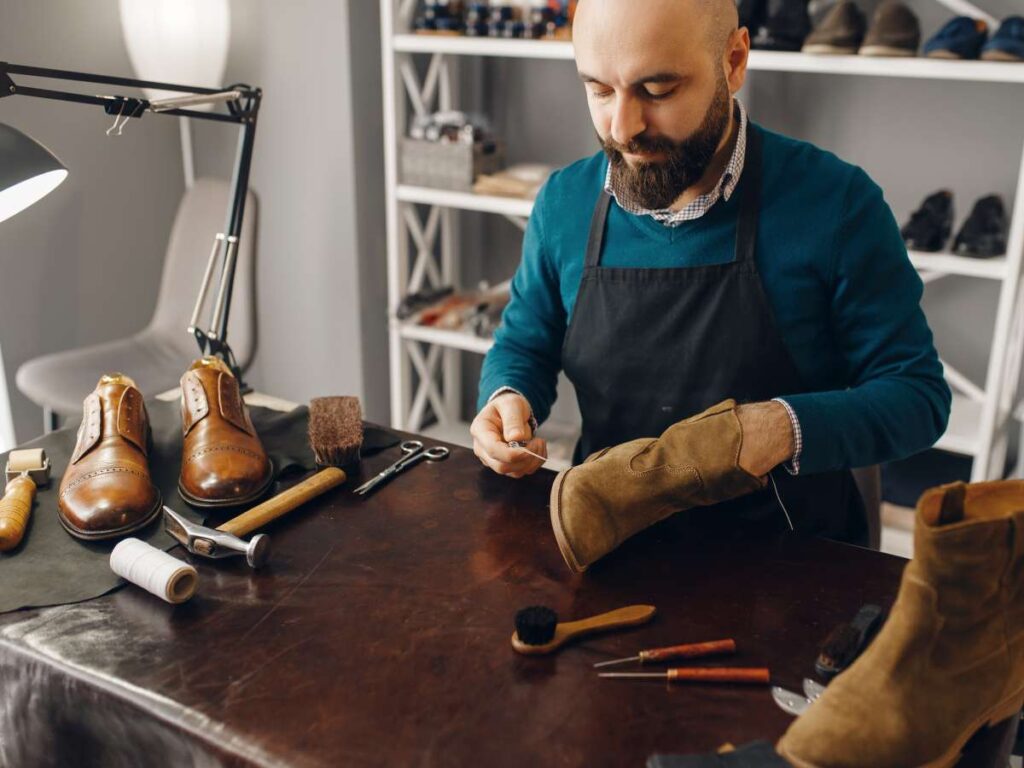
7. Educate Customers on Proper Shoe Care
Shoes don’t wear out overnight—it’s usually poor maintenance that shortens their lifespan. Customers often don’t know how to care for their shoes properly, leading to faster deterioration and more returns. As a brand owner, distributor, or retailer, educating your customers on shoe care can reduce complaints, build trust, and increase repeat sales.
Best Practices to Teach Customers for Longer-Lasting Shoes:
- Clean Shoes the Right Way
- Leather shoes should never be soaked in water—it. It weakens the material and alters shape.
- A soft cloth or brush is enough for daily dusting, while stubborn grime should be scrubbed with a stiff brush and damp cloth.
- Never Machine Wash Shoes
- The washing machine’s harsh cycle and detergents weaken stitching and loosen eyelets.
- Instead, hand wash with mild soap and a brush, and do it before dirt builds up.
- Fill Shoes with Paper to Maintain Shape
- Stuffing shoes with newspaper helps absorb moisture, reduce odors, and prevent dry rot.
- It also keeps leather and fabric shoes from creasing while in storage.
- Replace Insoles Regularly
- If a shoe has removable insoles, swapping them out extends the life of the shoe’s interior.
- Cleaning insoles with a diluted tea tree solution keeps them fresh and reduces bacteria buildup.
- Protect Soles for Longer Wear
- Soles take the most impact—adding rubber sole protectors can prevent premature wear.
- Leather soles wear down faster and are better suited for indoor use or occasional wear.
- Use a Shoe Horn for Proper Fit
- Forcing your foot into a shoe without unlacing it damages the heel collar over time.
- A shoe horn prevents stretching and keeps the heel in shape.
A sneaker distributor I worked with noticed high return rates due to creasing and misshapen shoes. After adding a simple shoe care insert inside packaging, customers took better care of their purchases, and complaints dropped by 20%. Sometimes, a small education effort makes a huge difference.
Are your customers damaging shoes unknowingly? Helping them care for their footwear properly protects both their investment and your brand’s reputation.
Conclusion
Shoe longevity isn’t just about the product—it’s about trust. When customers feel their investment lasts, they come back.
The truth? Most brands don’t bother teaching customers proper care. That’s where you stand out. Give them the knowledge, tools, and services to make their shoes last longer.
What’s one simple step you can take today to improve durability?
At XDS, we help businesses like yours design and source high-quality footwear that meets customer expectations.
Let’s talk about how we can help- contact us today!
Quick Quote
Fill out the form, get the quote in hours!
